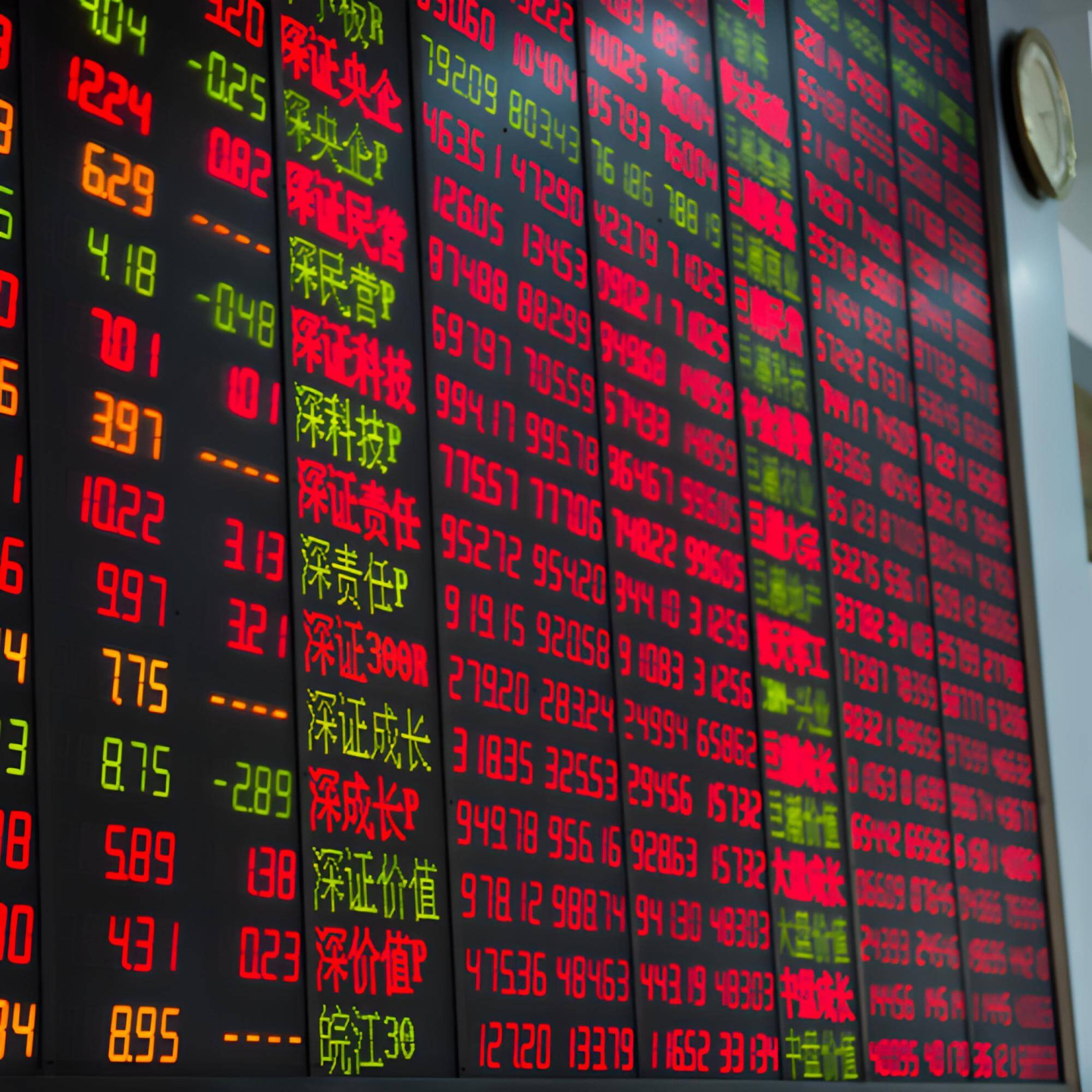- Today marks the first trading session after Christmas, but not all markets are operating normally. Some commodity markets remain closed, and European traders are still on holiday.
- As trading resumed on the foreign exchange market after the Christmas holiday period, the dollar extended its losses, while futures for US indices gained, and cryptocurrencies saw a slight reduction in their recent gains.
- The US500 index is up 0.13%, while the US100 index is gaining as much as 0.27%. Historical data indicates that US indices typically rise on the first day after Christmas.
- Precious metals are benefiting from the weak dollar. Gold is up 0.5%, while silver is up over 1%.
- Bitcoin declines more than 2% and stays below 43000 USD.
- During the Asian trading session, indices were losing ground. The CH50 (China 50) index fell 0.35%, the JP225 (Nikkei 225) index declined 0.15%, and the SG20 index (MSCI Singapore) was down 0.70%.
- Oil is flat in the morning, but Natgas is lower nearly 4%. The Christmas season in the US was one of the warmest on record. On the other hand, weather forecasts indicate cooling in the coming weeks.
- A few remarks from BOJ Governor Hiroshi Ueda suggest that the central bank's monetary policy stance remains unchanged. Ueda noted that the policy would only be adjusted if the positive wage-inflation cycle strengthens. This means that any decision will depend on the outcome of spring wage negotiations. The USDJPY exchange rate is marginally lower but remains above the 142 level.
- The only macroeconomic reading released during the Asian trading session was Japan's unemployment rate, which remained unchanged at 2.5% in line with expectations. However, the jobs/applicants ratio fell slightly to 1.28 from 1.3.
- A New York Times report published over the weekend suggested that Russian President Vladimir Putin is privately open to ceasefire talks. However, the report also acknowledged that this could be a ploy to mislead the public, and a Kremlin official denied the veracity of the claim.
- Today's macroeconomic calendar is light, with just two readings: housing prices in the US and the December Dallas Fed Manufacturing Index.
Daily summary: Wall Street tries to stop the sell-off 📌Gold down 1.8%, Bitcoin loses 4.5%
US Earnings Season Summary 🗽What the Latest FactSet Data Shows
3 markets to watch next week (14.11.2025)
US Open: US100 initiates rebound attempt 🗽Micron shares near ATH📈


